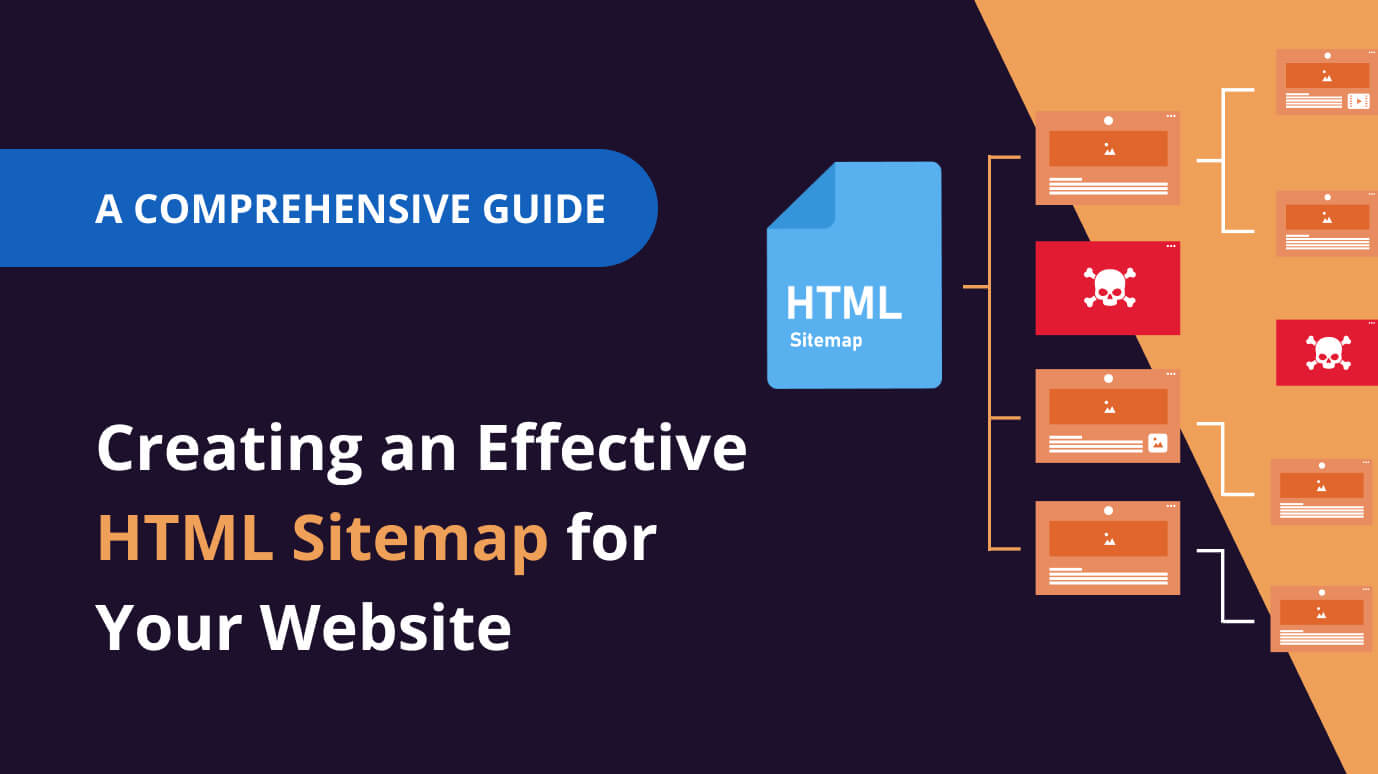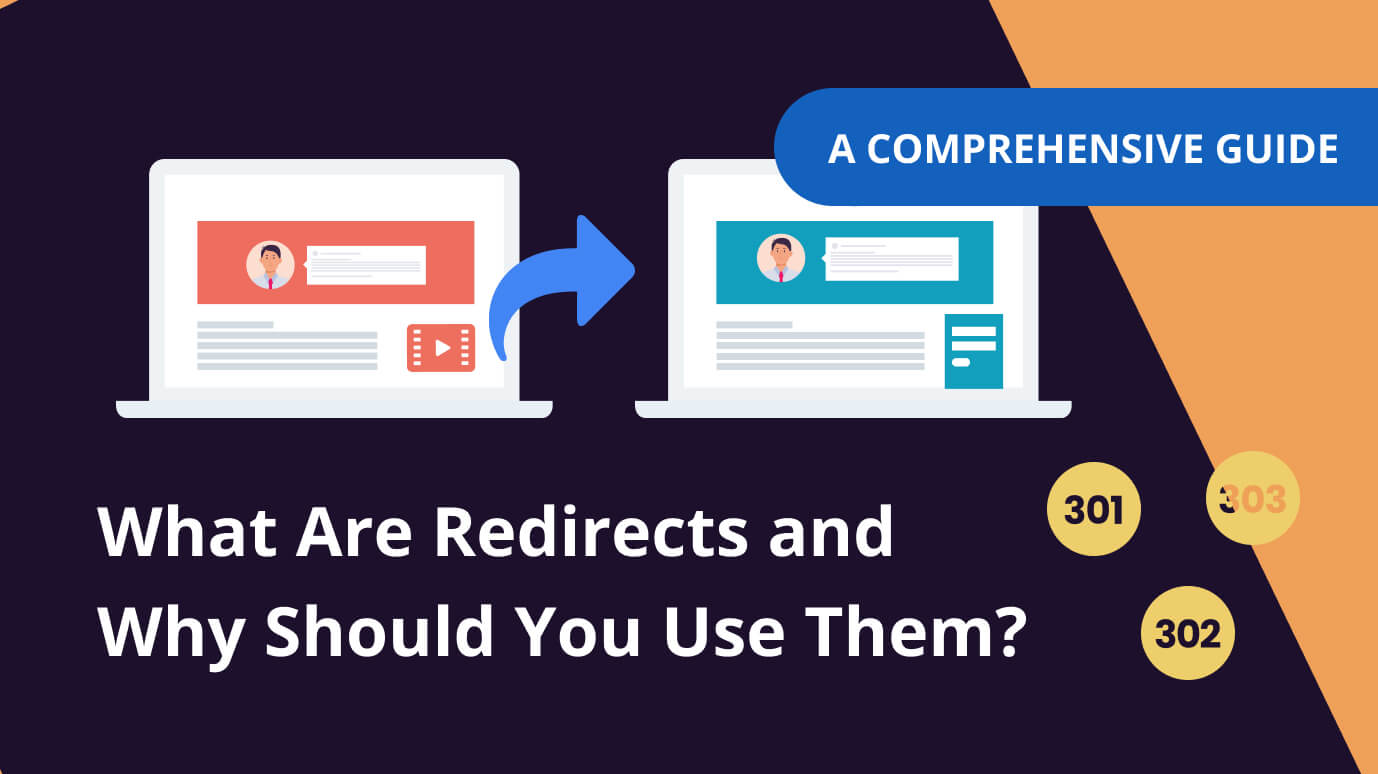
 8 min read
8 min readBest Practices for Optimizing Anchor Text: A Comprehensive Guide
Introduction to Anchor Text in SEO
Anchor text is a vital component of Search Engine Optimization (SEO). It refers to clickable words that link one webpage to another. This significantly impacts how search engines understand and rank web content. The right anchor text can boost a site's SEO, helping webpages to climb higher in search engine results pages (SERPs). However, poorly chosen anchor text can negatively affect SEO performance. This guide'll explore anchor text, its types, and best practices to enhance your website's visibility and user experience. Understanding the fundamentals of anchor text is the first step towards implementing more effective SEO strategies that connect and engage your audience by providing clear, relevant links within your content.
Understanding Anchor Text with Examples
Anchor text, while simple in concept, comes in various forms that serve different purposes within the realm of SEO. Essentially, it's the visible, clickable text in a hyperlink. The most common types of anchor text include:
- Exact-match: Anchor text that exactly matches the keywords for which you're trying to rank a page. This is often seen as the most direct method of SEO but requires careful use to avoid penalties for over-optimization.
- Partial-match: A variation of the target keywords but not an exact match, offering more flexibility and natural flow in content.
- Branded: Using the brand's name as the anchor. This helps build brand awareness and is viewed favorably by search engines when mixed with other types.
- Naked URLs: The URL of the target page is used as the anchor. Although not ideal for readability or SEO, it offers a clear method of linking.
- Generic: A typical call-to-action such as "click here" or "read more" doesn't provide much SEO value but can be user-friendly if used sparingly and appropriately.
- Images: When an image is linked, search engines use the image's alt text as the anchor text, emphasizing the importance of descriptive and keyword-relevant alt text.
Examining these types shows that the choice of anchor text can significantly influence the relevance and authority signal sent to search engines. When utilized well, anchor text enriches the web browsing experience by providing clear, context-rich links that encourage exploration and discovery.
Step-by-Step Guide on Creating Effective Anchor Text
Creating effective anchor text is crucial for enhancing the user experience and a website's SEO performance. This step-by-step guide provides actionable insights into crafting anchor texts that appeal to users and benefit search engine optimization. Adhering to these guidelines ensures that your anchor texts contribute positively to your site's visibility and authority.
- Identify Your Target Pages: Begin by determining which pages on your website you want to promote through internal or external links. These should be pages you wish to rank higher in the SERPs.
- Analyze Keyword Relevance: For each target page, identify relevant keywords that not only match the content of the page but also the search intent of your audience. This will aid in creating more effective exact-match or partial-match anchor texts.
- Vary Your Anchor Text: While using exact-match anchor texts repeatedly is tempting, it's essential to introduce variety to avoid penalties for over-optimization. Mix exact-match, partial-match, branded, and other types of anchor texts to create a natural and diverse link profile.
- Use Descriptive Phrases: Instead of generic calls-to-action, utilize descriptive phrases that give the user a clear idea of what to expect upon clicking the link. This not only improves user experience but also provides context to search engines.
- Optimize Images: When linking images, ensure that the alt text is descriptive and includes relevant keywords. This serves as the anchor text for the linked image and can significantly impact its SEO value.
- Monitor and Adjust: Regularly review your anchor text strategy to see what works best for your website. Monitoring the performance of different types of anchor texts can reveal insights that help you refine your approach over time.
Following these steps, you can create effective anchor texts that enhance user experience and website SEO performance. Remember, the goal is to provide clear, context-rich links that encourage exploration and discovery while also signaling relevance and authority to search engines.
Anchor Text in Reading: Enhancing Comprehension
While anchor text is often discussed in the context of SEO and digital marketing, its role extends into enhancing reading comprehension and the overall user experience on the web. Anchor text, by providing specific, context-rich links, aids readers in navigating from one piece of information to another seamlessly. This capability is crucial in the digital age, where information is vast and user attention spans are short.
The strategic use of anchor text in reading materials can guide readers toward additional, relevant information, offering them a deeper understanding of the subject at hand. It functions much like citations and references in academic texts but in a more interactive and engaging manner. Moreover, by linking to authoritative sources, anchor text can bolster the credibility of the content, reassuring readers of its accuracy and reliability.
From an educational perspective, this interlinking feature encourages an exploratory learning approach. Readers are not merely passive recipients of information; instead, they actively engage with content, following links that pique their interest to expand their knowledge base. Therefore, well-crafted anchor text is pivotal in creating a rich, educational, and interactive reading environment, benefiting readers and content creators.
In sum, the optimization of anchor text transcends SEO purposes; it enriches the reading and learning experience. By carefully selecting anchor texts that are informative and relevant, content creators can enhance comprehension, encourage exploration, and build trust with their audience. This approach embodies the essence of quality web content, where value to the reader is paramount.
Examples of Powerful Anchor Words
Following the overview of anchor text's influence on SEO and reading comprehension, let's examine specific examples of powerful anchor words that can significantly impact user experience and website ranking. Anchors such as “comprehensive guide,” “learn more,” or “discover here” offer a balance between user engagement and SEO optimization. When thoughtfully incorporated into the content, these examples suggest a more informative destination versus the nebulous “click here.”
For instance, inserting “ultimate guide to working from home” as anchor text for a comprehensive article on home office setup not only hints at the content's richness but also comprises keywords likely searched by the target audience. Similarly, anchor texts like “explore our case studies” or “insightful tips on digital marketing” immediately inform users what to expect, making the links attractive for further exploration.
Moreover, using actionable language combined with key benefits, such as “save time with our efficient tools” or “improve your skills with these tutorials,” not only serves as precise navigational aids but also encourages engagement by highlighting direct value to the reader. They capably guide users through the website, deepening their engagement and potentially leading to higher conversion rates.
Lastly, variations in anchor text types such as branded words, exact match keywords, and calls-to-action play a substantial role in setting the tone and context of the links, making a case for a strategic approach to anchor text selection. Thoughtfully chosen anchor words can significantly enhance narrative flow, user experience, and SEO performance.
In conclusion, when employed strategically, powerful anchor words facilitate a better browsing experience and bolster a site’s visibility and authority. It's a nuanced balance between serving your audience's informational needs and optimizing for search engines, illustrating the importance of every word choice in digital content creation.
Best Practices for Optimizing Anchor Text
Effective anchor text optimization demands meticulous attention and comprehension of SEO principles. As we've explored the importance of anchor text in both SEO and enhancing user experience, it's clear that the right strategies can significantly impact your website's performance. To optimize anchor text effectively, consider these best practices:
- Vary Anchor Text Naturally: While it might be tempting to use exact-match anchor texts for SEO purposes repeatedly, search engines now prioritize natural link profiles. Varying your anchor text using a mix of exact-match, partial-match, branded, and generic terms can help avoid penalties and appear more natural to both users and search engines.
- Context is Key: Anchor text should always be relevant to the content it's linking to. Contextual links are more likely to engage users and provide value, reflecting positively on search engine rankings. Ensure the anchor text accurately describes or indicates the linked page’s content.
- Use Descriptive Anchor Text: Avoid vague language like "click here" in favor of descriptive phrases that inform users and search engines about the link's content. This enhances user experience and contributes to a site's SEO by linking with context and keywords.
- Consider Link Placement: Links placed within the main content of a page are typically more valuable than those in the footer or sidebar regarding user engagement and SEO. Position your links where they are most relevant and likely to be clicked by readers.
- Avoid Over-optimization: Overloading content with too many links or over-optimizing with keyword-rich anchor text can trigger search engine penalties. Keep your use of anchor text balanced and focused on creating a good user experience.
- Link to Quality Content: The credibility and quality of the content you link to can affect your site’s reputation. Link to trustworthy, authoritative sources that enhance your content's value and reliability.
- Monitor and Adjust: SEO practices, including those related to anchor text, evolve over time. Regularly review your anchor text strategy to ensure it aligns with current best practices and adjust based on performance data and search engine updates.
Implementing these best practices can lead to more effective anchor text supporting your SEO goals and improving user experience. By carefully selecting and managing anchor texts, you can influence how search engines and users perceive and interact with your content, leading to better engagement, higher rankings, and increased website authority.
Conclusion
In the realm of SEO, understanding and optimizing anchor text is critical for enhancing website visibility, user experience, and search engine rankings. Throughout this guide, we've explored the multifaceted role of anchor text, from its basic definitions and types to strategic applications and best practices. By carefully selecting anchor texts that are relevant, varied, and descriptive, content creators can greatly enhance their websites' readability, navigability, and overall SEO performance.
The insights provided herein aim to equip you with the knowledge to craft effective anchor texts that appeal to search engines and offer real value to your audience. Remember, the ultimate goal of optimizing anchor text is to improve SERP rankings and create a more engaging, informative, and user-friendly web experience. As SEO practices evolve, staying informed and adaptable to new strategies and guidelines will ensure your content remains competitive and compliant.
In conclusion, anchor text optimization is a pivotal component of SEO strategy. By adhering to the outlined best practices and continuously refining your approach based on performance analytics and search engine updates, you can harness the power of anchor text to its fullest potential. Whether you're building brand awareness, guiding readers through your site, or establishing authority in your niche, practical anchor text usage is invaluable in achieving your digital marketing objectives.

Marcin is co-founder of Seodity
.svg)












